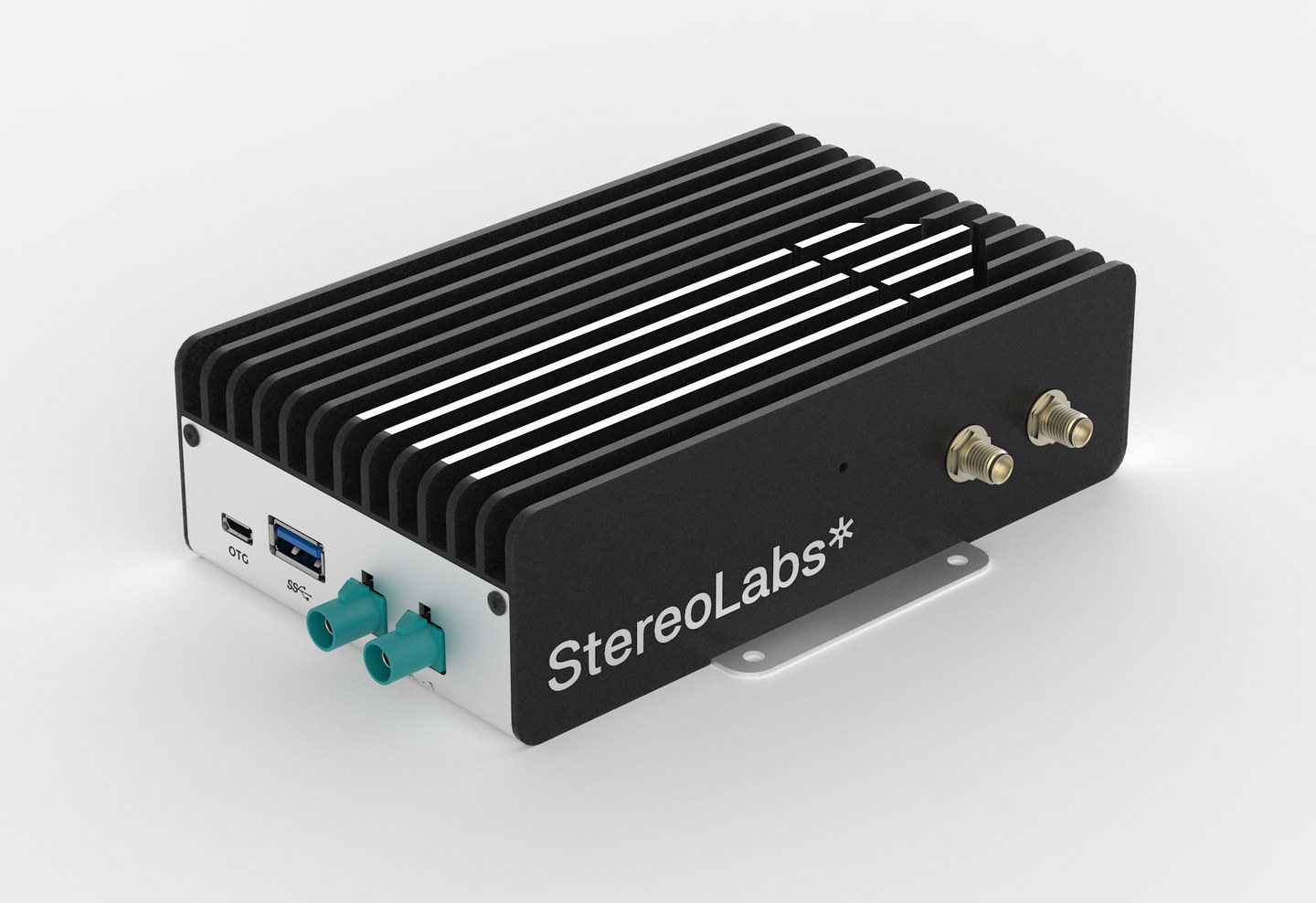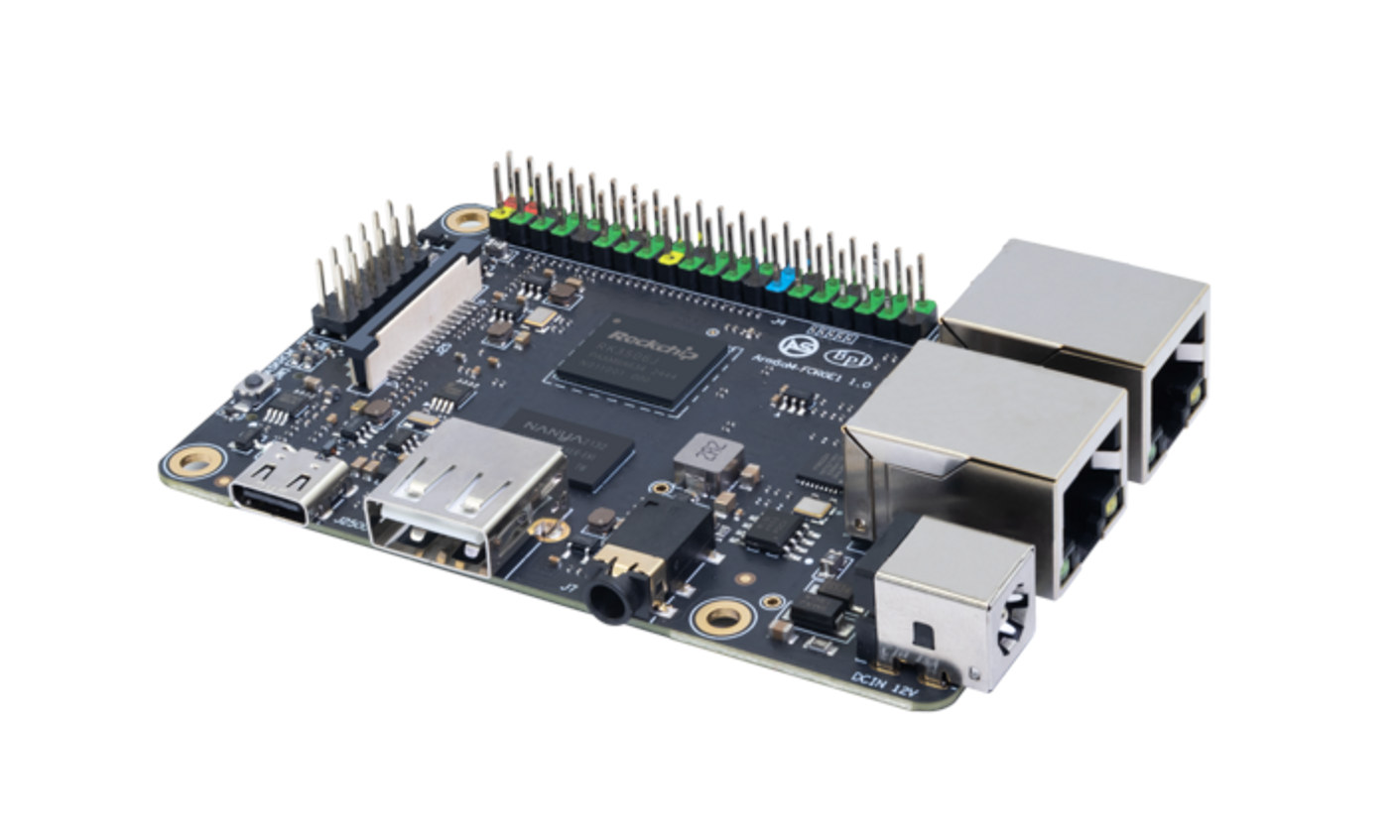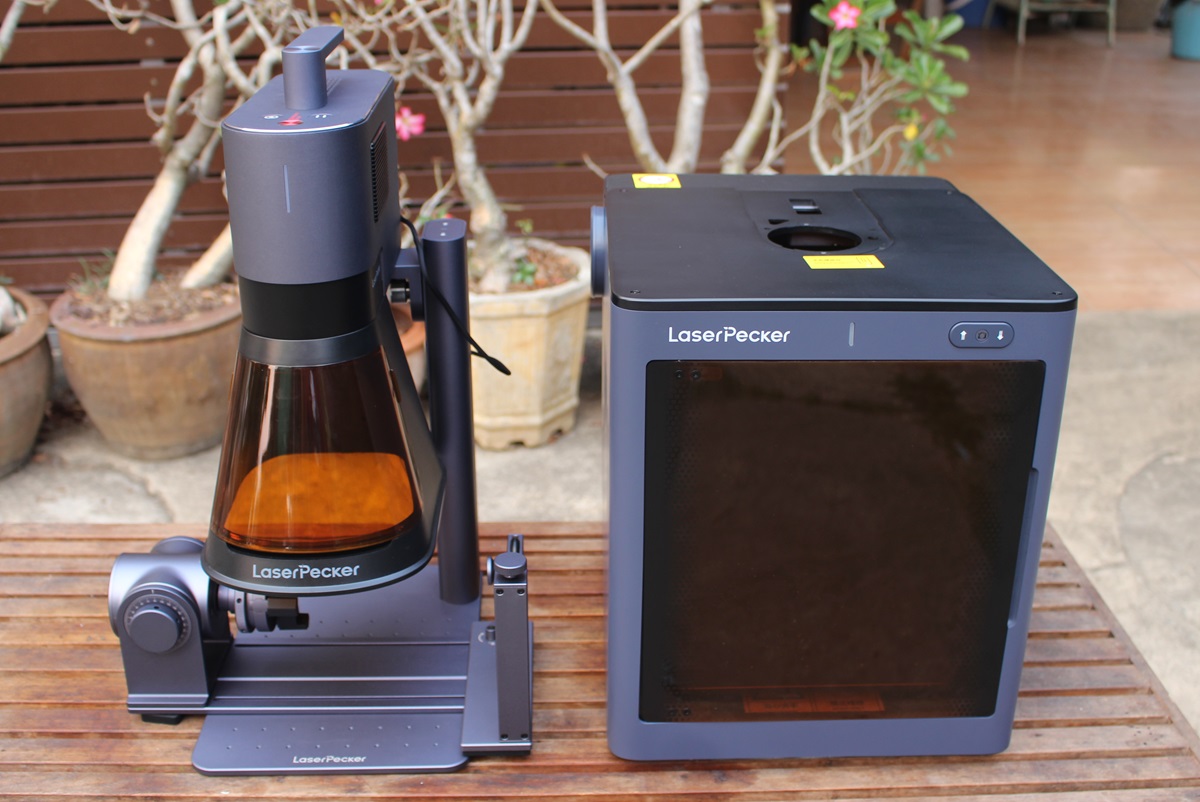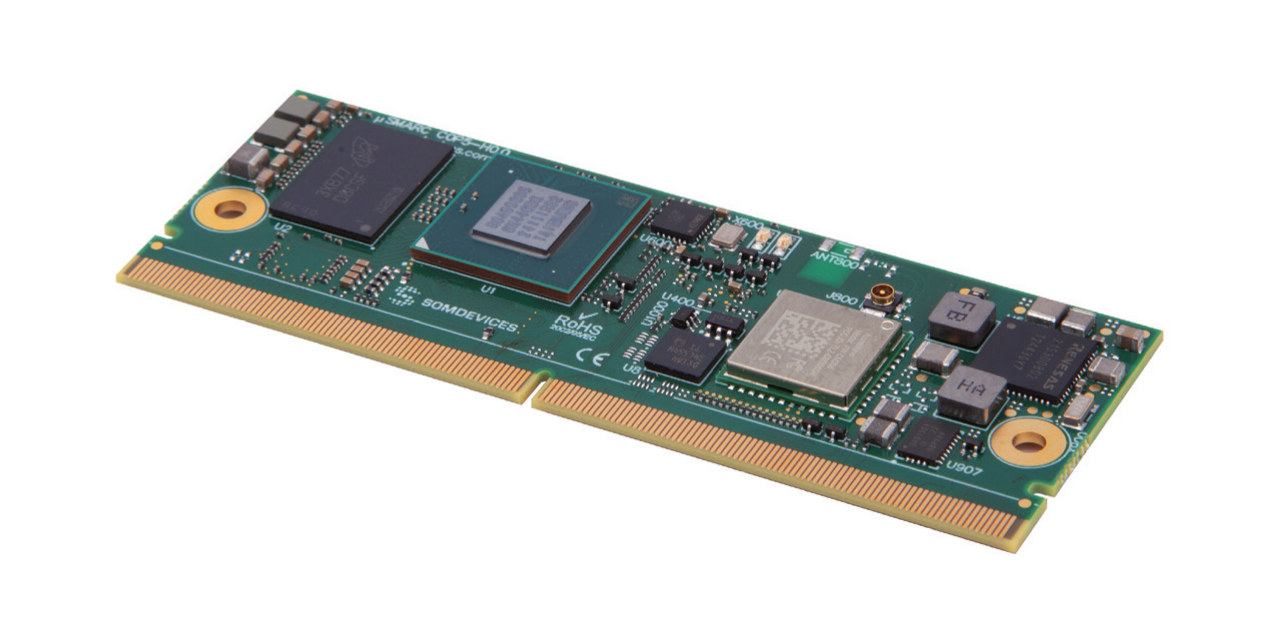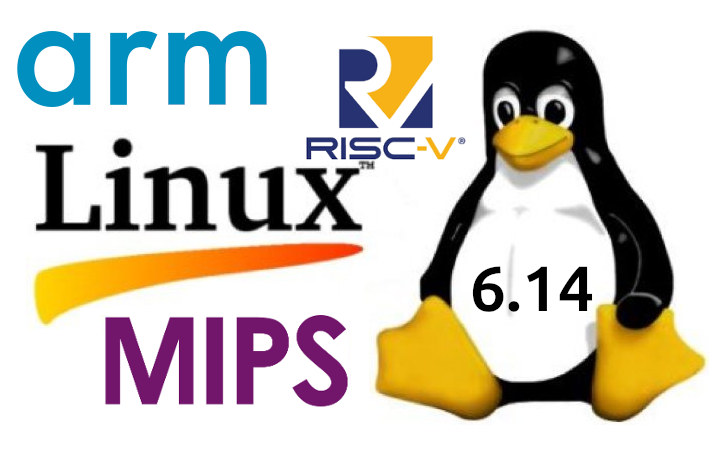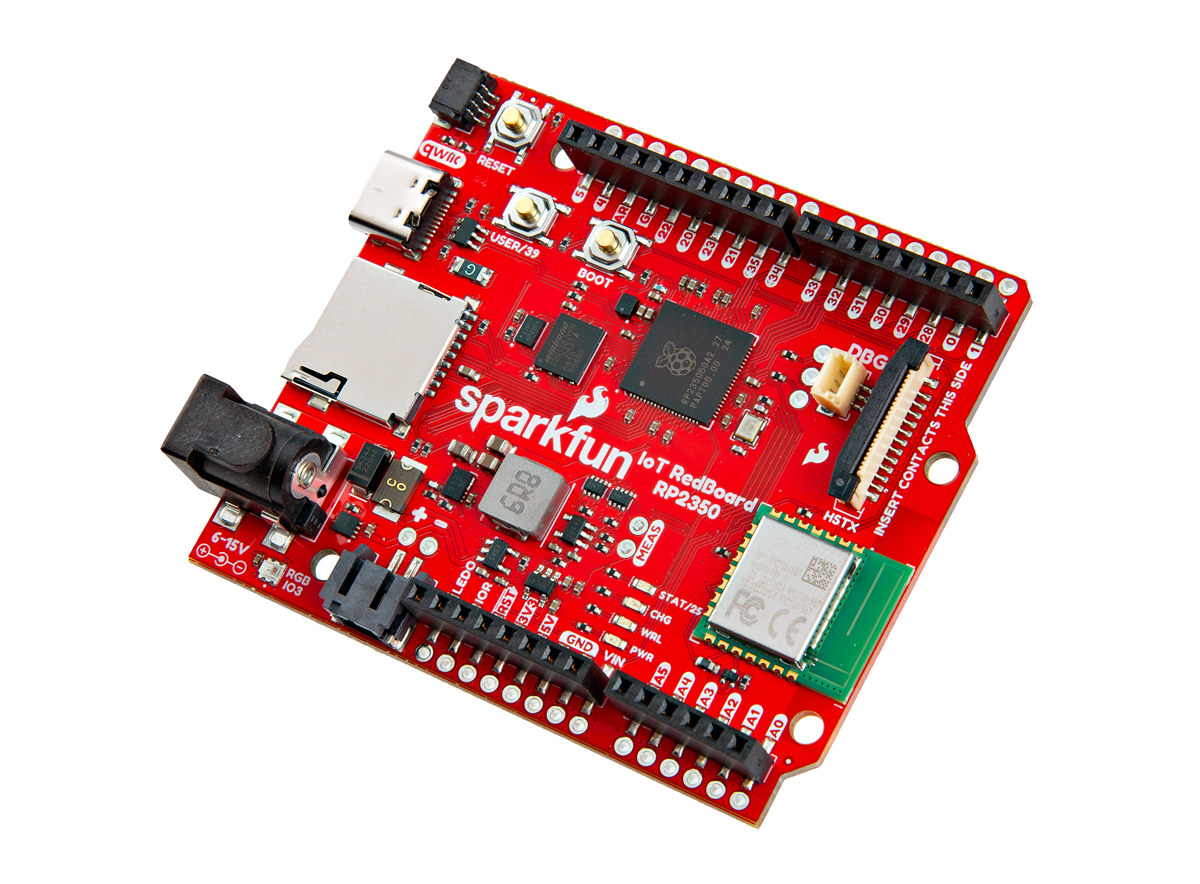Stereolabs ZED Box Mini “Super” is a compact mini PC based on NVIDIA Jetson Orin Nano or NX system-on-module and equipped with two GMSL2 camera inputs with synchronization trigger input/output, enabling AI Vision processing for robotics and smart infrastructure. The AI vision mini PC / embedded computer unit (ECU) also features a 256GB SSD, HDMI 1.4/2.1 video output, a gigabit Ethernet port, an optional Intel AX201 wireless module with two external antennas, a USB 3.0 port, a micro USB port for flashing the OS, and a 10-pin GPIO header with CAN Bus and UART for expansion. ZED Box mini specifications: System-on-Module (one or the other) NVIDIA Jetson Orin Nano 4GB | 34 TOPS NVIDIA Jetson Orin Nano 8GB | 67 TOPS NVIDIA Jetson Orin NX 8GB | 117 TOPS NVIDIA Jetson Orin NX 16GB | 157 TOPS Storage – 256GB SSD inserted in M.2 Key-M 2242 socket Video Output – […]
Teledyne Tetra 2.5 GbE line scan camera supports up to 8K resolution for machine vision applications
Teledyne DALSA has recently announced the Tetra line scan camera family with 2.5GbE networking, up to 8K resolution, a line rate of up to 150 kHz, and offered in monochrome or color versions. Traditional cameras (aka scan camera) will capture a full frame, but line scan cameras will only capture one line at a time to scan an object or scene as it moves past the camera providing higher resolution image provided the speed of the scan and the motion of the object are syncrhonized, for instance, on a production line. Line scan cameras like the Tetra are typically used for quality control at the factory, document scanning, license plate scanning, and scientific research (e.g. satellite imaging). Teledyne Tetra specifications: Color cameras Tetra 2k Color – TL-GC-02K05T-00 Resolution – 2048 x 3 Pixel size – 14 μm Max line rate – 50 kHz x 3 Tetra 4k Color – […]
$23 ArmSoM Forge1 industrial SBC is powered by Rockchip RK3506J SoC
ArmSoM Forge1 is an industrial SBC (single board computer) powered by the Rockchip RK3506J triple-core Cortex-A7 processor designed for Smart Audio, HMI, and factory automation applications. The Forge1 is equipped with 512MB RAM, 512MB NAND flash, two Fast Ethernet ports, a MIPI DSI display connector, USB Type-A and Type-C ports, an audio jack, a 40-pin GPIO header partially compatible with Raspberry Pi HATs, and a 16-pin header with speaker output, microphone input, RS-485, and CAN Bus. ArmSoM Forge1 specifications: SoC – Rockchip RK3506J CPU 3x Arm Cortex-A7 core up to 1.5 GHz Arm Cortex-M0 real-time core GPU – 2D GPU only No VPU, no NPU System Memory – 512MB DDR3L Storage 512MB SPI NAND flash MicroSD card Video Output – 2-lane MIPI DSI connector up to 1280 x 1280@ 60FPS Audio 3.5mm audio jack Speaker and Mic via expansion header Networking – 2x 100Mbps Ethernet RJ45 ports USB 1x USB […]
LaserPecker LP5 fiber and diode laser engraver review – Part 1: Unboxing and assembly with rotary extension and safety enclosure
We’ve just received the LaserPecker LP5 20W Fiber Laser + Diode Laser engraver for review as part of a kit that includes a rotary extension to engrave cylindrical objects like bottles and glasses and a safety enclosure to engrave or cut workpieces with maximum safety in a fully-enclosed chassis. The LP5 is one of the smallest 2-in-1 laser engravers in the industry and can engrave on a wide range of materials. The fiber laser is suitable for stainless steel, aluminum, brass, silver, plastic, platinum, titanium, gold, etc, while the diode laser works best on wood, acrylic, leather, glass, stone, paper, and rubber. The device is supposed to be relatively fast with an engraving speed of up to 10,000mm/s, and it can cut wood up to 15mm thick and metal up to 1mm thick. We usually do a one-part review for laser engravers, but since our LaserPecker LP5 kit comes with […]
SOMDEVICES µSMARC RZ/V2N system-on-module packs Renesas RZ/V2N MPU in a 82x30mm “micro SMARC” form factor
SOMDEVICES µSMARC RZ/V2N is a system-on-module powered by the Renesas RZ/V2N AI MPU and offered in a micro SMARC (µSMARC) form factor that’s quite smaller at 82x30mm than standard 82x50mm SMARC modules. The company told CNX Software it’s still 100% compatible with SMARC 2.1 with a 314-pin MXM 3.0 edge connector. It’s also cost-effective with a compact PCB and can be used in space-constrained applications. The µSMARC features up to 8GB LPDDR4, up to 128GB eMMC flash, two gigabit Ethernet PHY, and an optional WiFi 5 and Bluetooth 5.1 wireless module. µSMARC RZ/V2N specifications: SoC – Renesas RZ/V2N CPU Quad-core Arm Cortex-A55 @ 1.8 GHz Arm Cortex-M33 @ 200 MHz GPU – Arm Mali-G31 3D graphics engine (GE3D) with OpenGL ES 3.2 and Open CL 2.0 FP VPU – Encode & decode H.264 – Up to 1920×1080 @ 60 fps (Renesas specs, but SOMDEVICES also mentions up to 4K @ 30 […]
Linux 6.14 release – Main changes, Arm, RISC-V, and MIPS architecture
Linus Torvalds has just announced the release of Linux 6.14 on LKML: So it’s early Monday morning (well – early for me, I’m not really a morning person), and I’d love to have some good excuse for why I didn’t do the 6.14 release yesterday on my regular Sunday afternoon release schedule. I’d like to say that some important last-minute thing came up and delayed things. But no. It’s just pure incompetence. Because absolutely nothing last-minute happened yesterday, and I was just clearing up some unrelated things in order to be ready for the merge window. And in the process just entirely forgot to actually ever cut the release. D’oh. So yes, a little delayed for no good reason at all, and obviously that means that the merge window has opened. No rest for the wicked (or the incompetent). Below is the shortlog for the last week. It’s nice and […]
Shelly launches Gen4 multi-protocol smart switch family with Wi-Fi, Bluetooth, Zigbee, and Matter
Shelly Group has just launched its Gen4 multi-protocol smart switch family supporting Wi-Fi, Bluetooth, Zigbee, and Matter protocols for the Smart Home. The company specifically introduced five new products: the Shelly 1 Gen4 one-channel, dry contact smart switch, the Shelly 1PM Gen4 smart switch with power monitoring, Shelly 1 Mini Gen4 compact smart switch for lights and small appliances, the Shelly 1PM Mini Gen4 compact smart switch with power metering, and the upcoming Shelly EM Mini Gen4 energy meter. Let’s have a quick at each product. Shelly 1 Gen4 smart switch Shelly 1 Gen4 specifications: Wireless SoC – ESP-Shelly-C68F Based on ESP32-C6 RISC-V SoC Storage – 8MB flash Wireless – 2.4 GHz WiFi 6, Bluetooth 4.2, and 802.15.4 radio for Zigbee and Matter Wireless parameters WiFi 6 Max. RF power – < 20 dBm Range – Up to 30m indoors, 50m outdoors Bluetooth 4.2 Max. RF power – < 4 […]
SparkFun IoT RedBoard – Raspberry Pi RP2350 or ESP32 WiFi & Bluetooth boards with Arduino UNO R4 form factor
SparkFun has just launched the “IoT RedBoard – RP2350” and “IoT RedBoard – ESP32” boards with Arduino UNO R4 form factor based on respectively Raspberry Pi RP2350B + RM2 wireless module and ESP32-WROOM-32E WiFi and Bluetooth module. Both boards feature Arduino UNO headers and a Qwiic connector for expansion, a microSD card for storage, battery support, USB and DC jack power input, plus a few buttons and LEDs. The RP2350 board also adds an HSTX connector mainly useful for controlling HDMI or SPI displays. Sparkfun IoT RedBoard specifications: MCU sub-system and wireless RP2350 model MCU – Raspberry Pi RP2350B CPU Dual-core Arm Cortex-M33 @ 150 MHz with Arm Trust zone, Secure boot Dual-core RISC-V Hazard3 @ 150 MHz Up to two cores can be used at any given time Memory – 520 KB on-chip SRAM Memory – 8MB PSRAM Storage – 16MB Flash Wireless module – Raspberry Pi RM2 2.4 […]


